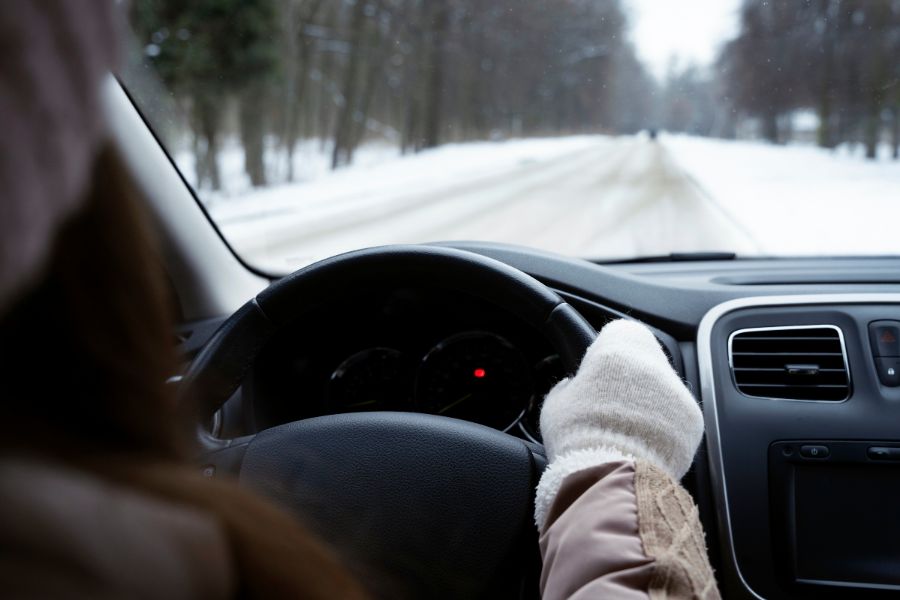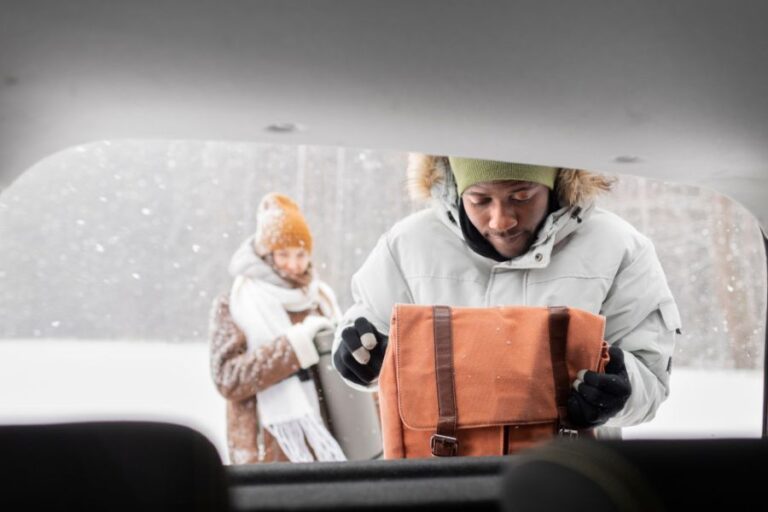Winter Driving Safety Tips for Snow Days in Canada

Canadian winters are as breathtaking as they are dangerous, and snow days often mean more than just school closures. For parents, teachers, and workers, a sudden snow day can bring hazardous driving conditions—ice, low visibility, and unpredictable road closures. As a Certified Weather Forecaster with over 8 years of experience analyzing Canadian winters, I’ve seen how quickly winter roads can go from manageable to life-threatening.
Driving on snow days requires not just skill but preparation and awareness. Below, I’ll share practical, safety-first tips to help Canadian drivers navigate the challenges of winter roads.
Why Winter Driving Safety Matters
In my forecasting work, I’ve tracked storms that triggered school closures across Ontario, Quebec, and the Prairies. Time and again, the most dangerous aspect wasn’t always the snowfall itself—it was drivers underestimating the conditions.
For example, during the February 2025 Toronto blizzard, visibility dropped to near zero in just 15 minutes, stranding commuters on the Gardiner Expressway. Those with emergency kits, winter tires, and full tanks fared far better than those unprepared.
Safe driving on snow days isn’t just about avoiding accidents—it’s about ensuring your family gets home safely, even in the worst conditions.
1. Check Weather and Road Conditions First
Never leave home without checking:
- Environment Canada alerts for snowfall, ice, or freezing rain warnings.
- Local school board closure updates (these often reflect unsafe travel conditions).
- Provincial highway reports for closures or black ice warnings.
Forecaster’s Note: I recommend checking multiple sources. For example, comparing Environment Canada alerts with local road authority updates gives a fuller picture of travel risk.
2. Equip Your Vehicle with Winter Tires
Winter tires are not optional in Canadian winters—they’re essential.
- Designed to stay flexible in cold temperatures.
- Provide better traction on snow, slush, and ice.
- Reduce braking distance by up to 25% compared to all-season tires.
In provinces like Quebec, winter tires are legally required from December to March. Even where it’s not law, they’re a life-saving investment.
3. Keep a Fully Stocked Car Emergency Kit
Unexpected delays are common on snow days. Always keep:
- Blankets and extra winter clothing.
- Non-perishable snacks and bottled water.
- Flashlight, batteries, and portable phone charger.
- Snow brush, scraper, and small shovel.
- Sand, kitty litter, or traction mats for when you’re stuck.
Case Study: In the 2024 Nova Scotia storm, I tracked multiple highway closures that stranded families for over six hours. Those with food, blankets, and chargers reported far less stress while waiting.
4. Drive Slowly and Increase Following Distance
The number one mistake I’ve observed in snowstorms: drivers maintaining summer habits.
- Reduce speed by at least 30%.
- Double or triple your following distance (allow 8–10 seconds).
- Avoid sudden lane changes, braking, or acceleration.
Remember, even 4×4 vehicles lose grip on black ice. Confidence doesn’t replace physics.
5. Keep Your Gas Tank Full
A full tank is more than convenience—it’s safety.
- Prevents the fuel line from freezing.
- Provides heat if you’re stranded.
- Gives flexibility if detours or closures force longer routes.
As a forecaster, I’ve warned countless times: storms develop unpredictably. Being stuck with half a tank in –20°C conditions can become a dangerous situation.
6. Use Headlights and Clear All Snow
Visibility is key during heavy snow.
- Always clear snow and ice from windows, mirrors, and roof.
- Use headlights—even in daytime—to increase visibility.
- Ensure wiper fluid rated for –40°C is topped up.
Observation: During the January 2023 Ottawa snow day, I noticed a high number of collisions linked directly to drivers with limited visibility due to uncleared windows.
7. Avoid Driving When Possible
One of the safest choices on snow days is not driving at all. If closures and blizzard warnings are widespread, consider delaying travel until roads are cleared.
Tools like the Snow Day Calculator can give families a heads-up on when conditions are likely to shut down schools, helping parents plan to stay home instead of risking the roads.
8. Teach Teens Winter Driving Basics
Many snow day accidents involve inexperienced drivers. Parents can prepare teens by teaching:
- How to brake slowly on ice (pump brakes if no ABS).
- What to do if the car skids (steer into the skid).
- How to pull over safely if visibility drops to near zero.
Personal Reflection: When I first learned to drive in Ottawa, my parents practiced “snow drills” with me in empty parking lots. That hands-on experience has stayed with me throughout my forecasting career.
Transparency & Forecast Limits
As a forecaster, I must stress: no forecast can eliminate winter driving risks. Conditions can shift rapidly based on microclimates, plowing delays, or ice development. Transparency builds trust, and in winter driving, trust saves lives.
Conclusion
Winter driving on Canadian snow days is never without risk—but with preparation, patience, and the right safety practices, families can significantly reduce dangers. From winter tires to emergency kits and cautious driving habits, every step makes a difference.
As someone who has forecasted countless blizzards across Canada, my advice is simple: the more you prepare, the safer your journey will be.






